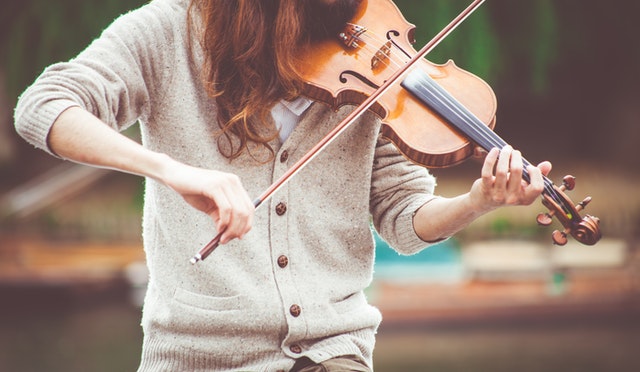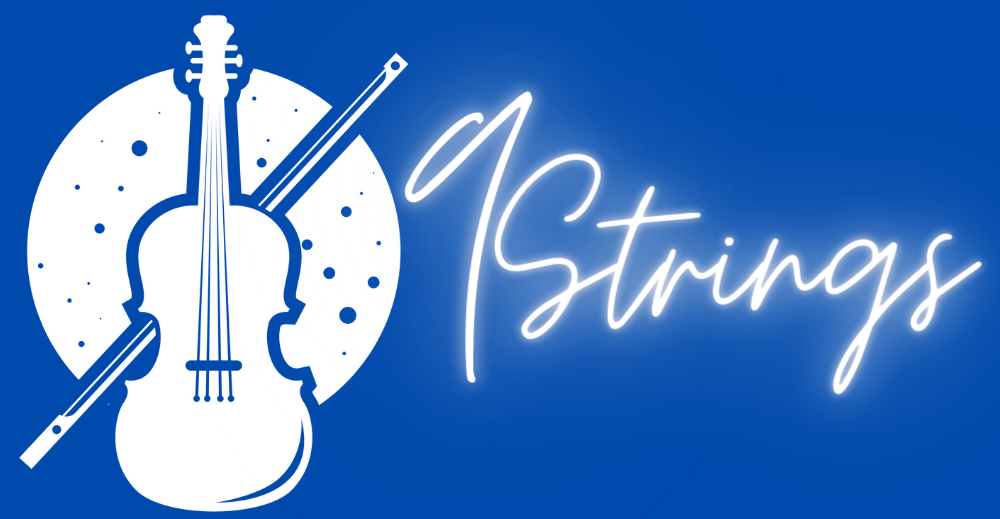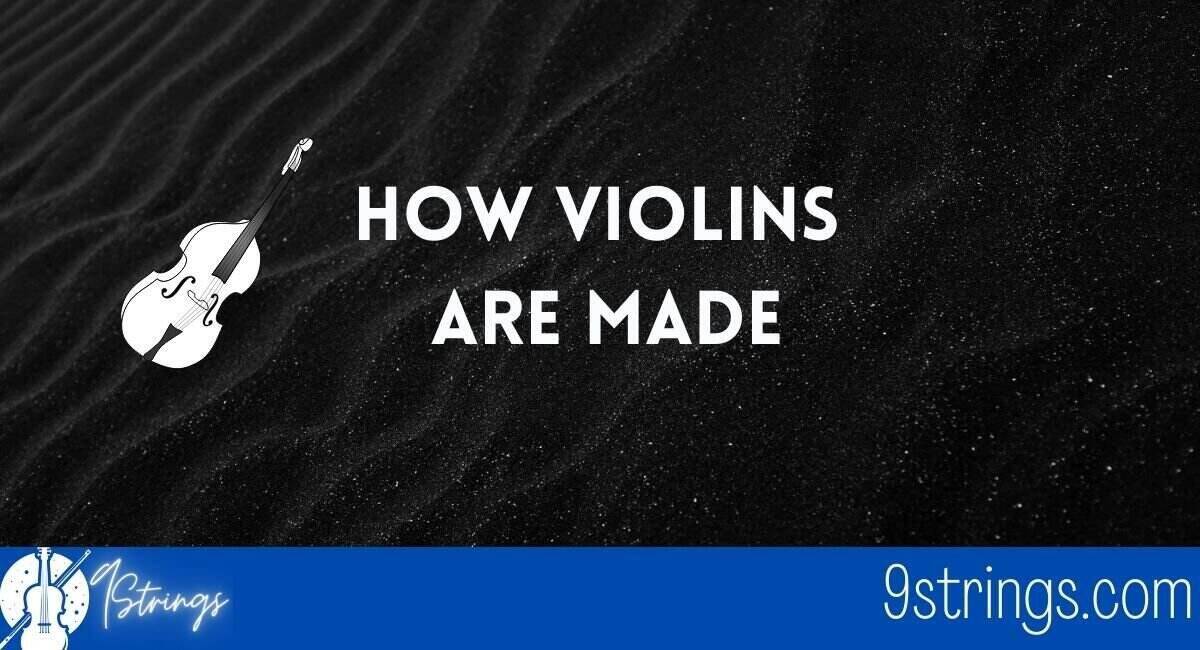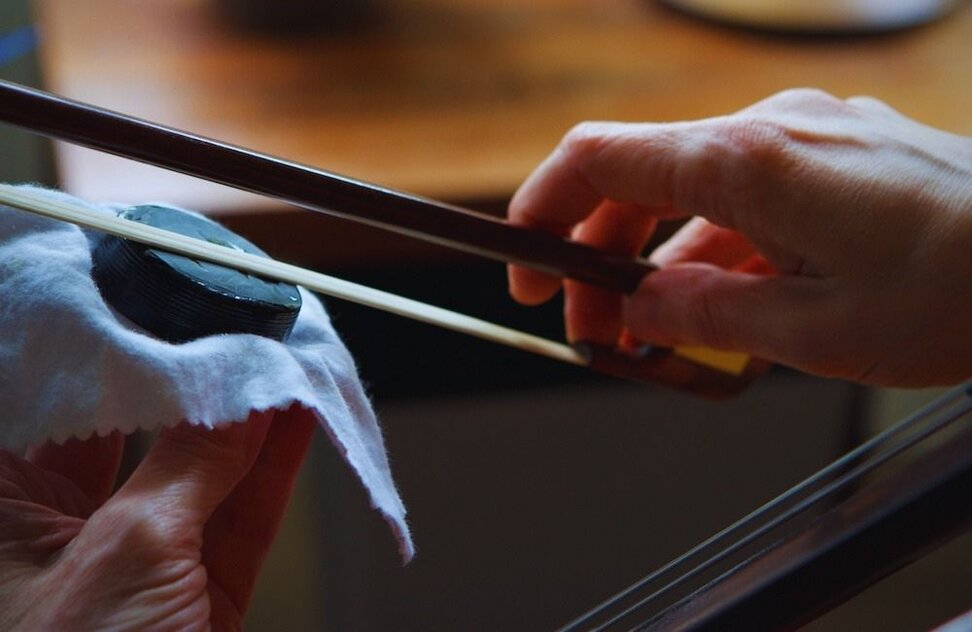Any musician shows interest in playing instruments- the first two choices come are Violin and Piano. Both of the instruments are best in their own way of sound and nature. These instruments have so much power that they themselves have a particular genre of music. Their unique way of playing and soothing way of speaking only with sound made them popular and majestic to all the musicians.
Both the instruments have their own history and own way of playing. One is a stringed-family instrument and the other one is the percussion-family instrument which is a struck-string instrument.
Likewise, the playing style is also radically different from one another in both playing techniques and becoming pro on each of these instruments. Violin and Piano are both considered the hardest instruments to play in the world of musical instruments. Both of them required enough skill with hard work to play which comes from a lot of focus.
Any musician at the beginning will struggle to play with these instruments without regular practice and without a good enough hand in these. If you choose a violin to play, the uncomfortable position of holding, a bizarre position while constantly keeping your hand up will horrify you and urge you to give up easily. And also, not to mention the memorization of all those notes to play it. And choosing piano will make you think it’s a game at the beginning. But as you move forward for a few years, it will terrorize you with all the position switching.
It’s clear that both the instruments are harder to play at the beginning or at a certain period of learning. Now the question is which one would be harder and which one is easier than another. Or, which instrument would suit you most. This article will provide a clear visualization of the discussion.
Violin

The first maker of the string instrument ‘Violin’ was Andrea Amati of Italy from the 16th century. The origin of violin culture began with the practice of classical music with stringed instruments. The instrument got its further edification and was placed as a modern violin during the 18th and 19th centuries. During the Renaissance, the violin served the purpose of developing other stringed instruments.
Playing techniques
The more natural you are with the violin, the better you grow up as a violinist. And to be natural you need to get in the right technique of playing the violin. Many musicians have acknowledged the music world with many techniques of playing the violin. Well, at the beginning there were only two types of techniques of playing the violin.
Now with evolution, the techniques have gone as far as 24 ways or even more to some extent of musicians. The main four techniques of playing the violin are; Martele, Spiccato, Detache, and Other randoms. These four main categories are sub-categorized in many types of techniques of playing the violin.
The Martele technique has 5 sub-categories, the Spiccato has 4, Detache has 6 and there are other 5 random types of playing the violin which is being invented by any renowned musicians.
Piano

Another renowned Italian musician named Bartolomeo Cristofori (1655-1731) invented the Piano at the very end of the 17th century. The instrument was inspired by Harpsichord. Bartolomeo was never satisfied with the lack of control the musicians of his time had in the volume of the instrument. So he took the liberty of switching the plucking mechanism of the Harpsichord with a hammer and created the Piano at the very beginning of 1700.
Playing techniques
There is no definite way of playing the piano or any established technique regarding playing the instrument. The playing style totally depends on the creativity of the musician and the way he or she was taught from the very beginning of playing the piano.
Still, some of the musicians come up with some established method of playing the piano which is classified in 9 to 12 categories, though not exact or no musician came in a concession of deciding how many techniques there should be.
But the basic of playing the piano is clear:
- Sit up straight.
- Stay in a five-fingered position.
- Use of both hands with the same posture.
- Play with the tips of your hands.
- Bounce the wrists depending on the notes.
- Keep the fingers as straight as possible.
- Exercise on pedaling, Octaves, 3rds, and 6ths.
- Learn the proper use of Trills.
Violin Vs Piano
From a physical perspective, it is harder to go along with the violin while you can play piano just by sitting for the whole day. More than that, the posture is totally on a different level considering the piano. On the other hand, the musicality of the piano is more subjective. Bringing out the right sound from both hands is quite difficult unless practiced for years.
Beginners
Both are hard instruments to play for beginners, but it is easier to say that piano is easy to play compared to violin considering the involvement of physicality. In the first few years, you are going to feel like giving up on the violin.
But in the case of the piano, it’ll be a nice and easy few steps for the first few years. After two or three years of playing you are going to understand the unique way of playing. The complication begins on the piano while mastering it. The more notes, the more fingers of both hands on the pay and the important part is faster.
While once you get the hold of the violin, within three or five years of learning it’ll be like you can play any notes now if you practice more and you will be more enthusiastic about playing it.
Professionals
All the professional musicians will come saying both of the instruments are harder to master. While the violin is the tougher one when it comes to starting at the beginning. These all sorts of positioning in the violin is going to make anyone nervous and scared. So for professionals who have played the violin for years and years and now stand as full-fledged musicians, the violin is a simple way for them to express words.
Another thing about the violin is you need to carry a good ear for tuning from the very beginning. At first, your teacher or guide may help you on tuning the instrument, but sooner or later its is you who needs to do this thing. As soon as you become a professional it’s pretty much simple to you.
But playing piano at a professional level is not easy even if you are a professional musician. The notes are harder to express without delicate and fast both-hands. To keep a good performance around your audience even professional musicians sometimes struggle with a piano without the proper practice.
Anyone with a hobby
There are no limitations to human hobbies. Playing instruments could be a good hobby too. If you are planning to play an instrument only with a few years of practice to impress the people around you, maybe choosing piano would be the right idea.
But if you are planning on learning something with years of practice even if you are not a professional musician, the violin would be a good choice. Though the choice of instrument totally depends on your interest in playing. If you are really eager to learn anything, no matter how hard it is to master or to play, eventually you are going to learn that with your best.
Advantages of the Violin
The best thing about playing the violin is it teaches your ear from the very beginning of your musical practice. Tuning is very important in violin learning and it begins from the starting of the learning period, helps you train your ear. As well as helps you to understand and read music.
It is one of the fundamental instruments of an orchestra, great for group playing. Also, provides an opportunity to learn a new stringed instrument. All the string-family instruments are relatively the same with a few differences with notes and techniques of playing. So as you develop and hone your skill by playing violin, it would help you play other stringed instruments.
Violins for beginners are pretty much affordable and are portable. The cost for maintenance is also not that much. With proper care, you can increase the lifespan of your violin for a long time.
Disadvantages of the Violin
It is really hard to continue at the beginning to play the violin. The learning curve of the stringed-family instrument is very steep. Achieving the quality of tone is very much complex considering the piano.
Violins are fragile and require a good amount of maintenance. A monthly checkout would be better to keep your violin healthy for a long time.
While the piano has 88 keys and you can play all of them at a time, the violin lacks that versatility of harmony.
Advantages of the Piano
Piano is easier to get some satisfying sound out of it due to its logical and simple outlay. Only a tutorial can help you learn piano for certain music. This includes that the piano has a vast resource of learning.
The layout of the instrument is not also the same for every variety of piano. You can customize it in your own way. The instrument will teach you how to read music on the Bass Clef and Treble.
Disadvantages of the Piano
Pianos are expensive to buy compared to not only the violin but also any other instruments. At the same time, the lessons are also expensive including the instructors.
While the violin is smaller and portable, pianos are not. The maintenance of the instrument also comes at a good expense due to its larger size. The instrument has a low skill floor but a high ceiling.
Both of the instruments are harder to learn and need more focus. With yearning willpower and full concentration, anyone can learn both of these magnificent instruments. But first it’s necessary to check your own caliber before you turn away from any of the instruments and choose the other one. To decide that and to determine which one would suit you most, an instructor of each instrument or a musical advisor may help you much better depending on the skills you have.



